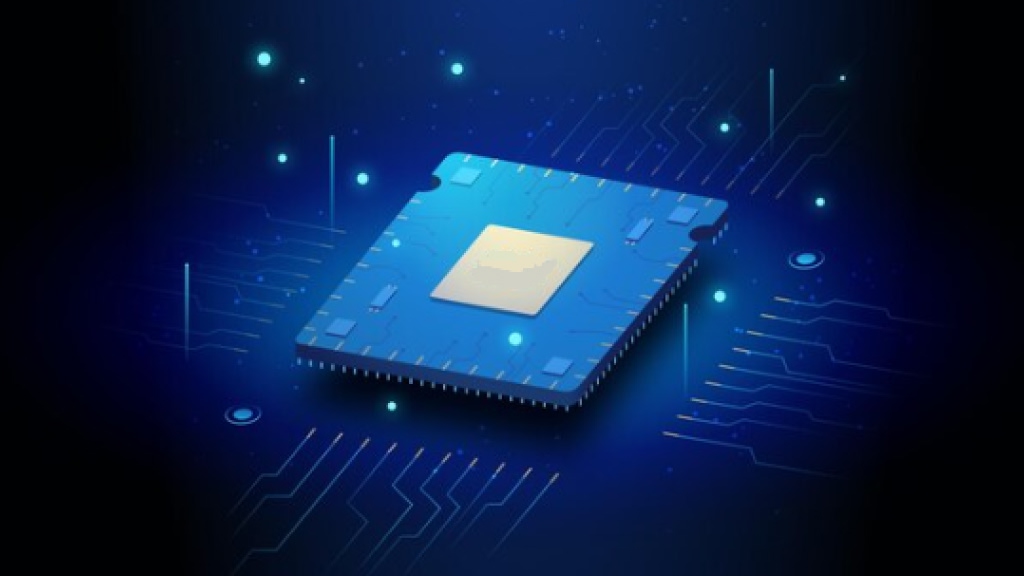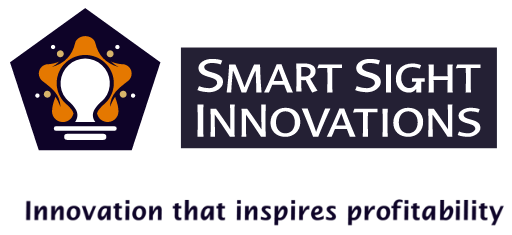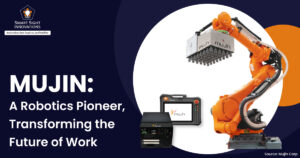
Unlike classical computers, which process information in binary bits (0s and 1s), quantum computers use qubits that can exist in a superposition of states. This allows quantum systems to perform complex calculations exponentially faster than their classical counterparts.
Quantum computing has long been heralded as the next frontier in technology, promising unparalleled computational power that could revolutionize industries. Google’s latest breakthrough, the quantum chip Willow, marks a significant milestone in this journey. Combining cutting-edge advancements in design, scalability, and error correction, Willow represents Google’s commitment to shaping the future of quantum computing.
Quantum Chips: The Future of Computational Power

A quantum chip is a revolutionary computational device that harnesses the bizarre principles of quantum mechanics to process information fundamentally differently from traditional computer chips. Unlike classical computer chips that use binary bits (0s and 1s), quantum chips use quantum bits, or qubits, which can exist in multiple states simultaneously through a phenomenon called superposition.
Key Characteristics of Quantum Chips:
- Qubits can represent multiple values at once, dramatically increasing computational power
- They leverage quantum entanglement, allowing instantaneous information communication between qubits
- Capable of solving complex problems exponentially faster than classical computers
Significant Technological Challenges:
- Qubits are extremely fragile and susceptible to environmental interference
- Maintaining quantum coherence requires near-absolute zero temperatures
- Current quantum chips can only maintain stable computations for microseconds
- Error correction remains a massive technological hurdle
Why Is Quantum Computing Revolutionary?

Traditional computers operate linearly, solving problems sequentially. Quantum computers can explore multiple solution paths simultaneously. This means problems that would take classical supercomputers thousands of years could potentially be solved in minutes.
For instance, a 50-qubit quantum computer has more potential computational states than there are atoms in the entire observable universe. This isn’t just an incremental improvement — it’s a fundamental reimagining of computational power.
Major tech companies like Google, IBM, and Microsoft are investing billions because quantum computing represents a potential technological leap as significant as the transition from mechanical calculators to electronic computers.
The quantum chip isn’t just a faster processor—it’s a fundamentally different approach to solving computational problems, promising to unlock solutions to humanity’s most complex challenges across science, medicine, climate research, and technological innovation.
Google’s Quantum Breakthrough

Willow, Google’s new quantum chip, boasts an impressive array of features designed to enhance computational power and reliability. It builds on the success of Google’s Sycamore chip, which achieved quantum supremacy in 2019 by solving a problem that classical computers would take millennia to complete. Unlike Sycamore, Willow focuses on scalability, making it more practical for real-world applications.
Below are the key features of Google’s Quantum Chip – Willow:
1. High Qubit Count
Willow features over 105 logical qubits, significantly more than its predecessors. This high qubit count enables greater computational power and complexity in problem-solving.
2. Advanced Error Correction
Google has also incorporated a surface code architecture for real-time error correction. By embedding additional qubits to detect and correct errors as they occur, Willow significantly improves the accuracy and reliability of quantum computations. This approach is a crucial step toward achieving fault-tolerant quantum computing, which is necessary for handling complex, real-world problems.
3. Topological Qubits
A standout feature of Willow is its use of topological qubits, which are inherently more stable than traditional qubits. These qubits reduce the effects of environmental noise and minimize decoherence, a common challenge in quantum systems. This stability makes Willow better equipped for scalable and practical quantum computing.
Topological qubits can exist in multiple states simultaneously (superposition) and interact with each other through entanglement, enabling parallel processing and highly efficient calculations.
4. Optimized Design and Connectivity
Another scientific advancement lies in Willow’s modular design, which optimizes qubit connectivity. This ensures faster and more efficient communication between qubits, enabling the chip to perform highly complex calculations.
5. Scalability
Designed with scalability in mind, Willow’s architecture supports the addition of more qubits without significantly increasing complexity or errors.
6. Material Innovations
Willow represents a pinnacle of innovation in quantum technology, driven by breakthroughs in materials science, architecture, and error correction. At its core, Willow leverages superconducting circuits, which allow qubits to operate with minimal energy loss and interference. These circuits are crafted using ultra-pure silicon and advanced fabrication techniques, ensuring high reliability and performance.
7. Higher Gate Fidelity
It provides higher gate fidelity rates, ensuring precise qubit manipulation for more accurate computations.
8. Energy Efficiency
It implements cutting-edge cooling systems and power-efficient technologies to maintain operational stability while reducing energy consumption.
9. Integration with Google Quantum AI
Willow seamlessly integrates with Google’s Quantum AI ecosystem, enabling advanced algorithm development and experimentation via quantum cloud services. Together, these advancements make Willow a groundbreaking step toward harnessing the full potential of quantum computing for industries and research.
Why Google’s Quantum Chip – Willow Matters?

Willow’s significance lies in its ability to accelerate advancements across industries while pushing the boundaries of scientific exploration.
1. Revolutionizing Problem-Solving
Willow’s immense computational power enables solutions to complex problems in optimization, cryptography, and artificial intelligence. It has the potential to revolutionize industries like healthcare, finance, and logistics by making computations faster and more precise.
2. Advancing Scientific Research
In material science and drug discovery, Willow allows scientists to simulate molecular interactions with unmatched precision. This capability accelerates the creation of new materials, energy solutions, and life-saving medications.
3. Securing the Future
Quantum computers can break traditional encryption, but they also enable quantum-resistant cryptography. Willow’s development supports the creation of secure communication methods for the quantum era.
4. Environmental and Climate Impact
Willow contributes to climate modeling, providing insights into mitigating climate change. It also aids in developing energy-efficient systems, such as improved batteries and renewable energy technologies.
5. Pioneering Fault-Tolerant Computing
Google’s focus on error correction with Willow is a crucial step toward fault-tolerant quantum systems, which are essential for achieving large-scale, reliable quantum computing.
By unlocking new capabilities and addressing real-world challenges, Google’s quantum chip is poised to redefine the future of technology, making it an essential milestone in the journey toward quantum supremacy.













